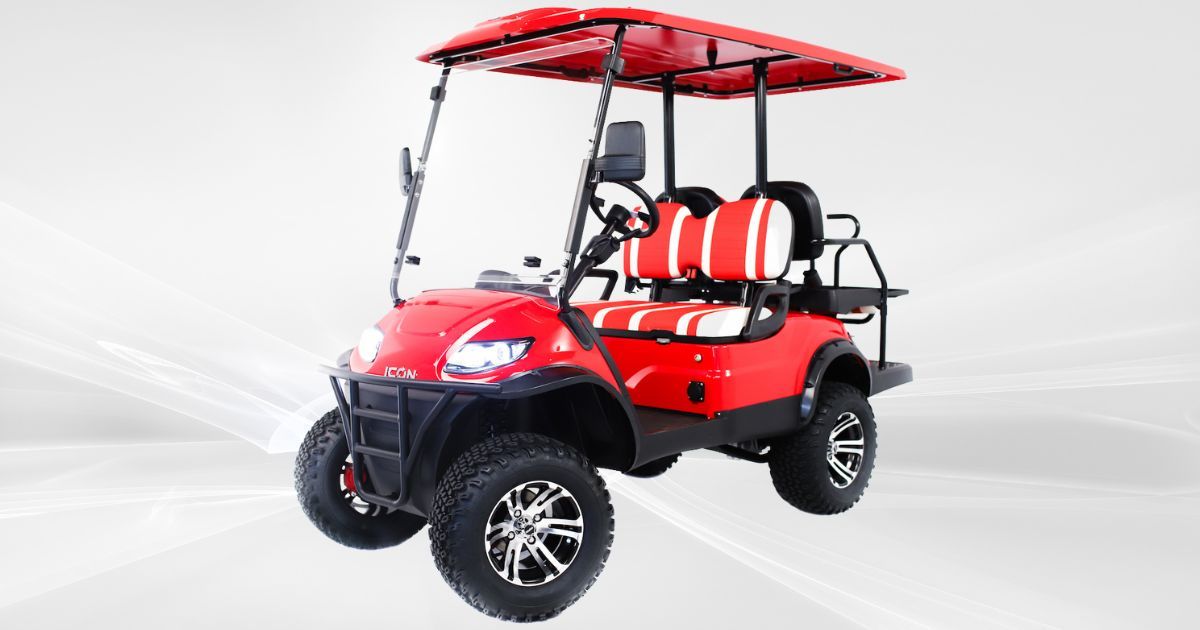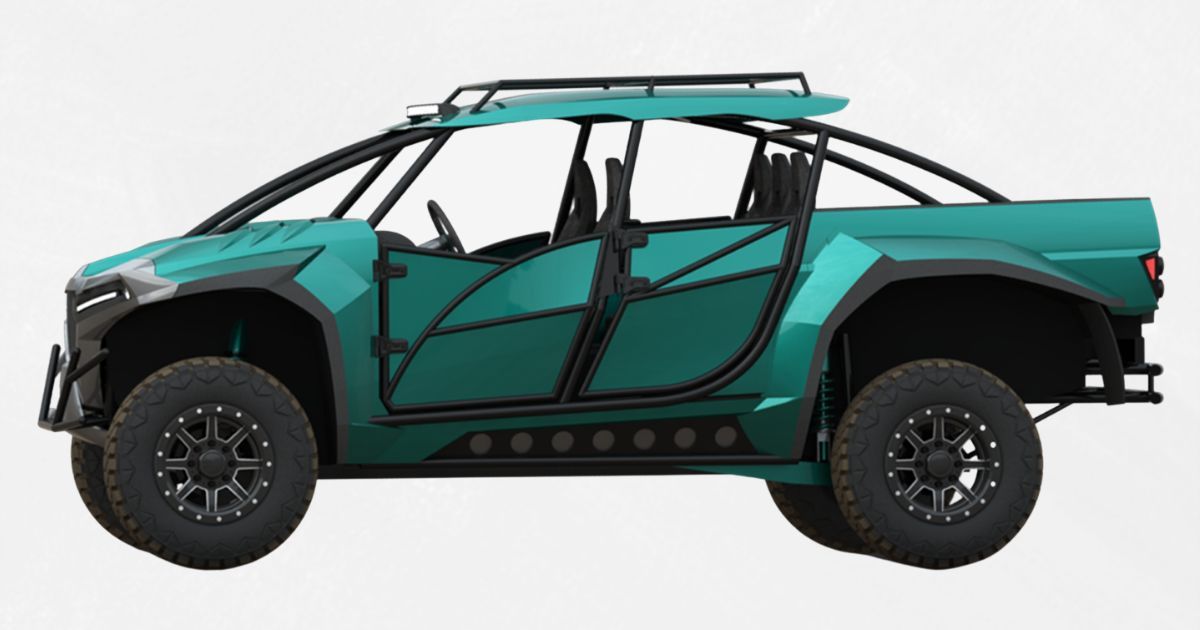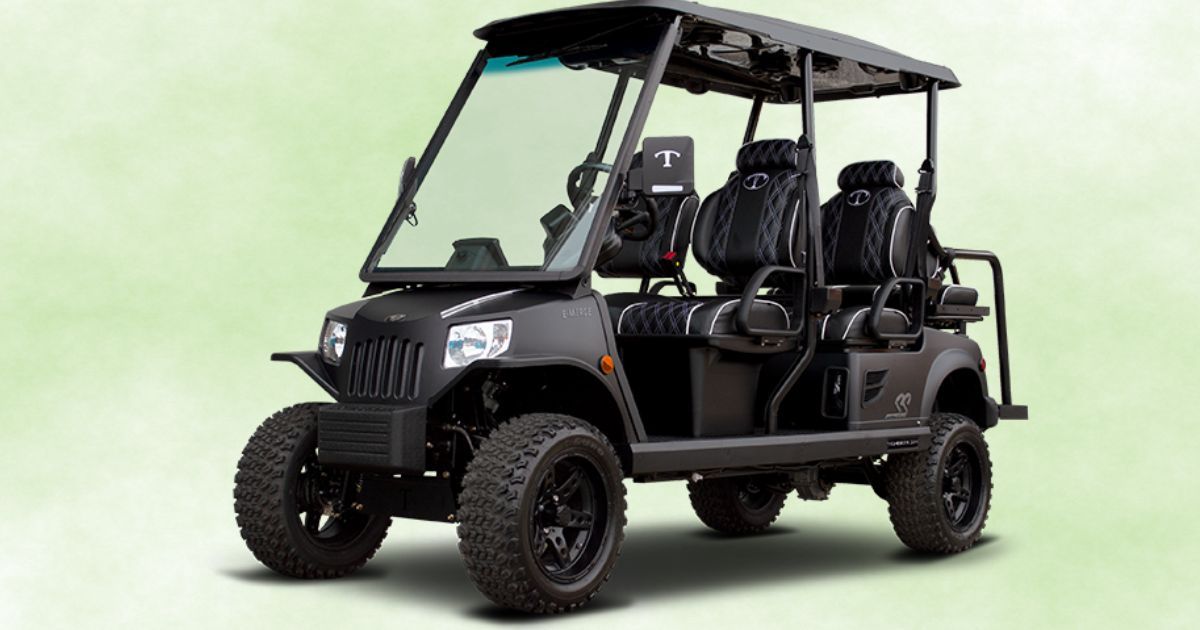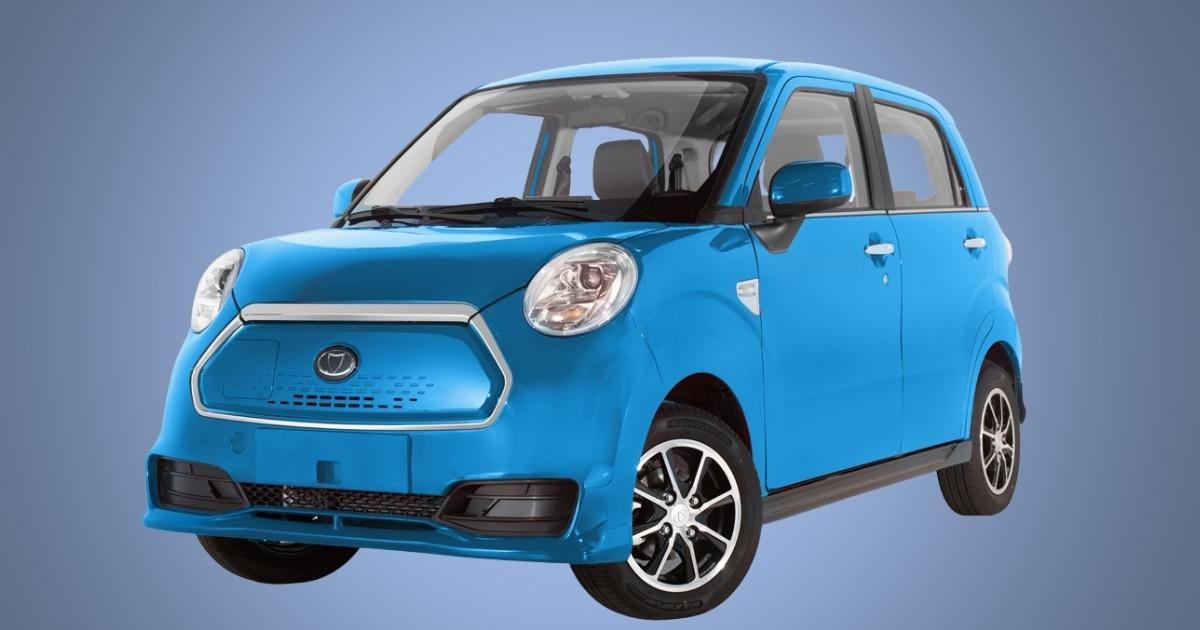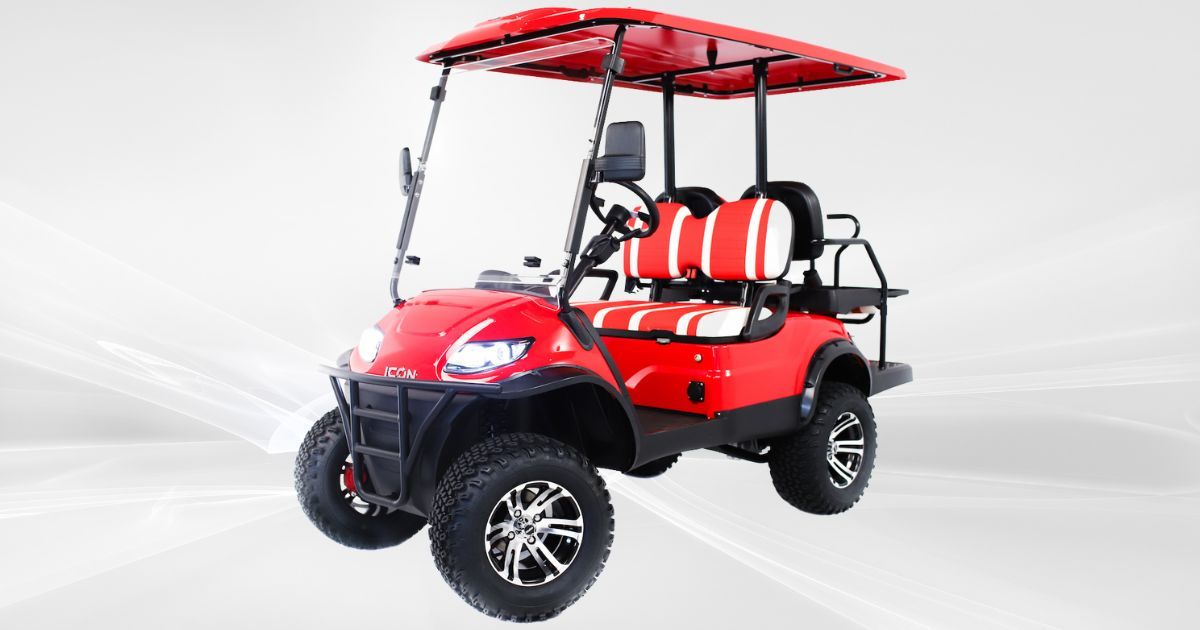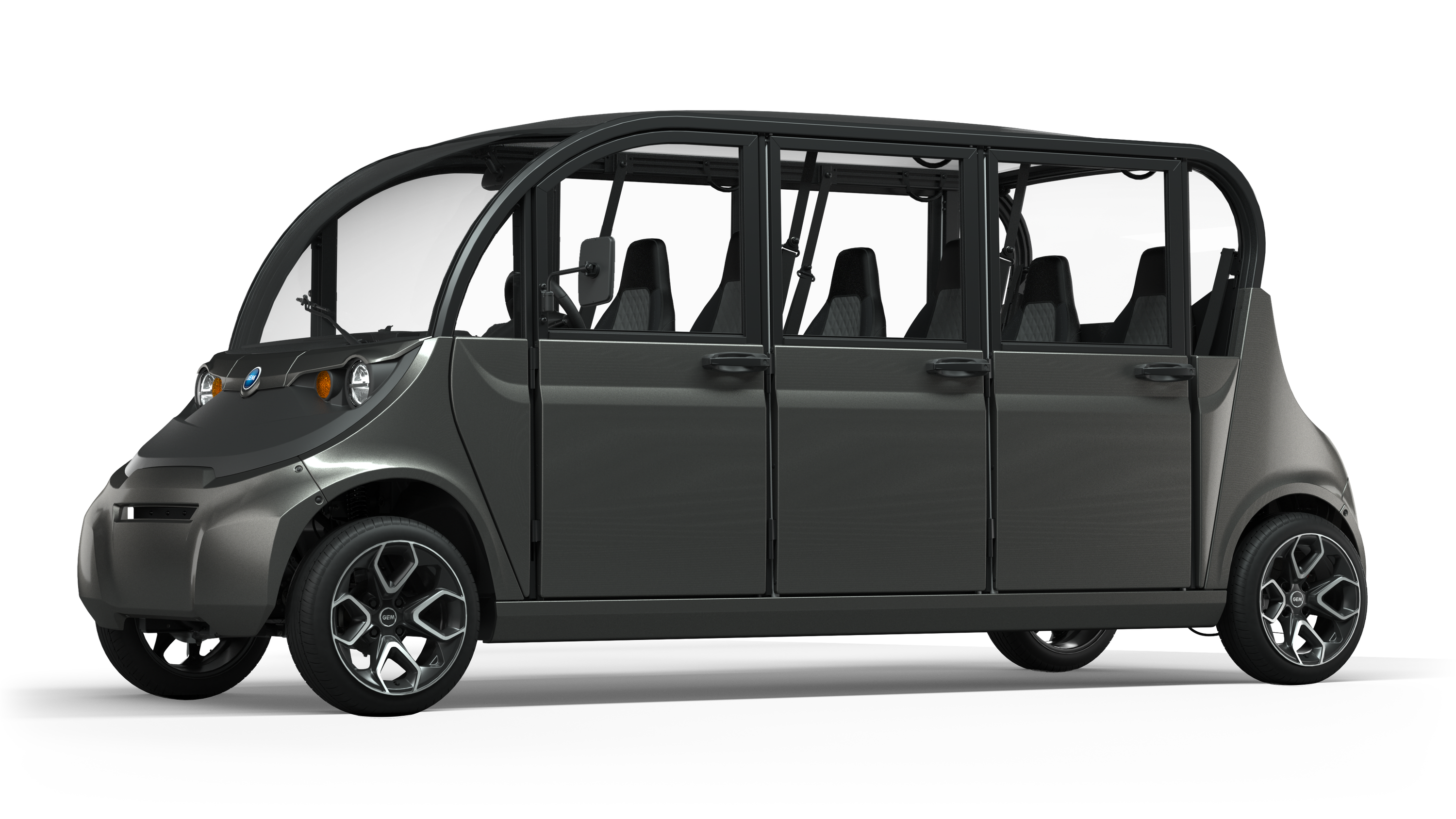A neighborhood electric vehicle (NEV) is a small electric vehicle that is designed for use in residential neighborhoods and other low-speed environments. NEVs are typically limited to speeds of 25 mph or less, and they are not allowed on highways or other high-speed roads.
NEVs are a good option for individuals who need a convenient and environmentally-friendly way to get around their neighborhood or local community. They are particularly useful for short trips, such as running errands, going to the grocery store, or visiting friends and neighbors.
NEVs are also a good option for individuals who want to reduce their carbon footprint and support sustainable transportation. Because they are electric-powered, NEVs produce no emissions and can help to reduce air pollution and greenhouse gas emissions.
NEVs are typically smaller and more maneuverable than cars, and they can provide a fun and enjoyable way to get around.
Overall, NEVs are a good option for individuals who want a convenient, eco-friendly, and fun way to get around their neighborhood or local community.
NEVs are great for displacing car trips
Neighborhood electric vehicles (NEVs) are a convenient and eco-friendly alternative to cars for certain types of trips. Some trips that are better suited for an NEV than a car include:
Short trips: NEVs are well-suited for short trips, such as running errands, going to the grocery store, or visiting friends and neighbors. Because they are small and maneuverable, NEVs can easily navigate tight spaces and busy streets, and they can provide a quick and convenient way to get around.
Trips in residential neighborhoods: NEVs are designed for use in residential neighborhoods and other low-speed environments, and they are a great option for trips in these areas. Because they are limited to speeds of 25 mph or less, NEVs can easily navigate neighborhood streets and provide a safe and comfortable way to get around.
Trips in urban environments: NEVs are ideal for trips in urban environments, where traffic can be heavy and parking can be limited. Because they are small and compact, NEVs can easily navigate busy streets and fit into tight parking spaces, and they can provide a convenient and eco-friendly way to get around.
Trips in environmentally-sensitive areas: NEVs are a great option for trips in environmentally-sensitive areas, such as national parks or nature preserves. Because they are electric-powered, NEVs produce no emissions and can help to reduce air pollution and greenhouse gas emissions.
Types of NEVs
There are several different types of NEVs, including:
Golf cart-style NEVs
Golf cart-style NEVs are small, two- or four-seater vehicles that are designed to resemble golf carts. They are typically limited to speeds of 25 mph or less, and they are often used on golf courses and in residential communities. An example would include:
Pickup truck-style NEVs
Pickup truck-style NEVs are small, electric-powered pickup trucks that are designed for use in residential neighborhoods and other low-speed environments. They are typically limited to speeds of 25 mph or less, and they are often used for hauling small loads or for utility purposes.
Motor-style NEVs
Motor-style NEVs are small, electric-powered vehicles that are designed for use in residential neighborhoods and other low-speed environments. They are typically limited to speeds of 40 mph or less, and they are often used for personal transportation or for short trips.
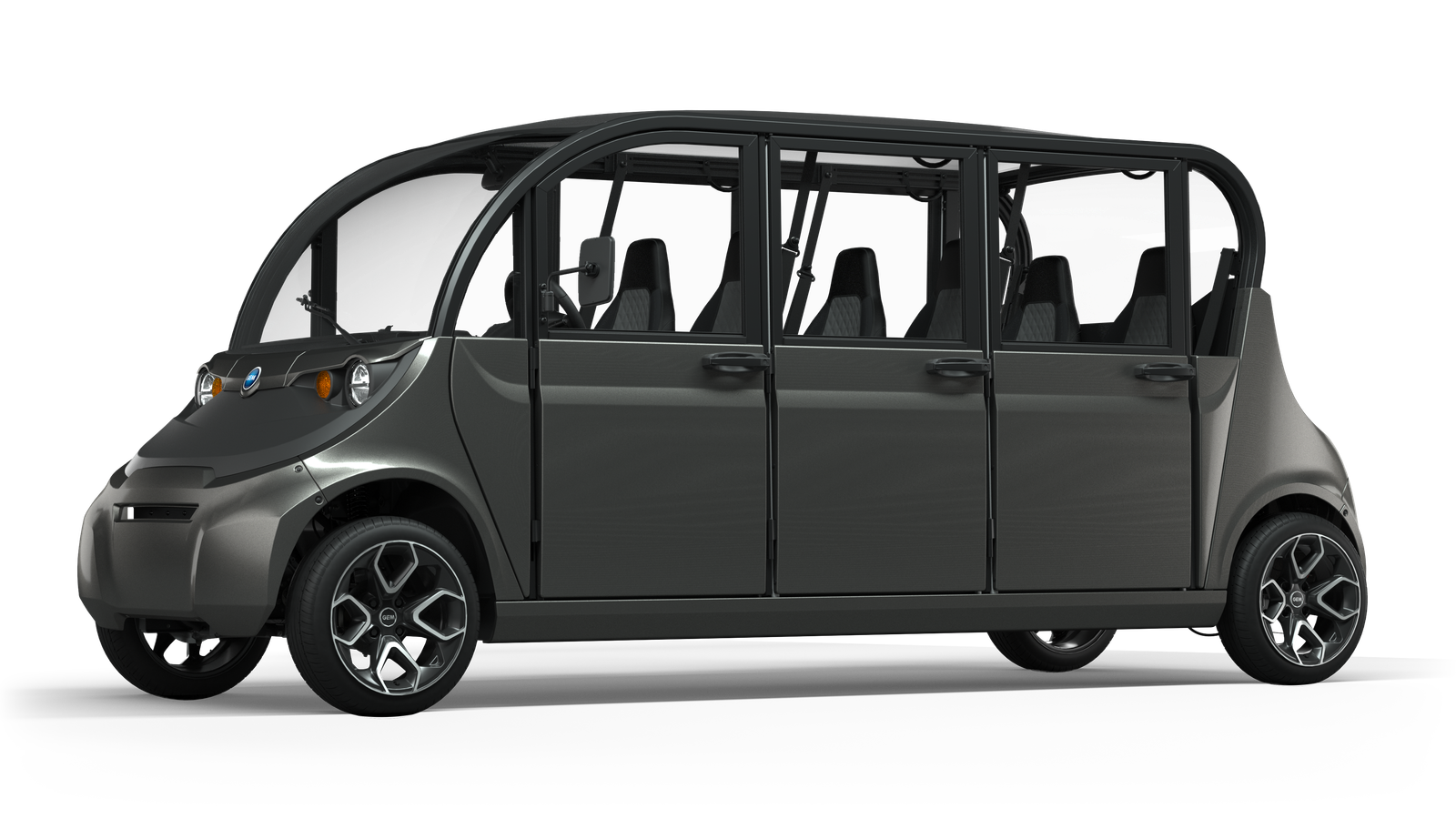
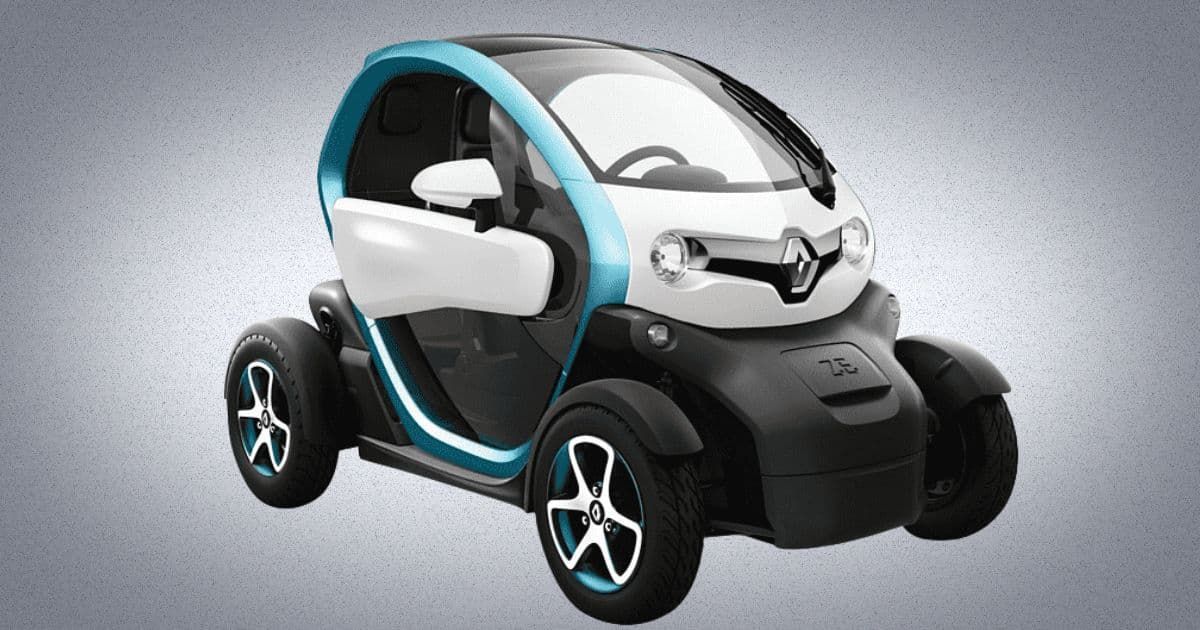
Overall, there are several different types of NEVs, and each type is designed for different purposes and environments. You can see all of our NEV reviews here.
NEV Laws
The laws governing neighborhood electric vehicles (NEVs), also known as low-speed vehicles, vary by state in the United States. In general, NEVs are defined as electric vehicles that are designed for use in residential neighborhoods and other low-speed environments, and they are typically limited to speeds of 25 mph or less.
In some states, NEVs are treated the same as traditional cars, and they are allowed on all roads where the speed limit is 35 mph or less. In these states, NEV drivers are required to have a valid driver's license and to follow the same traffic laws as other drivers.
In most states, NEVs are required to be registered and titled like traditional cars, and they may be subject to the same licensing and registration fees. However, some states may offer reduced fees for NEVs, and some states may exempt NEVs from certain taxes and fees.
Overall, the laws governing NEVs vary by state, and it is important for NEV drivers to check the laws in their state to ensure they are driving safely and legally.


 Icon i40
Icon i40 Volcon Stag
Volcon Stag E-Merge GhostHawk
E-Merge GhostHawk GEM e6
GEM e6 Twizy
Twizy Eli Zero
Eli Zero Kandi K27
Kandi K27